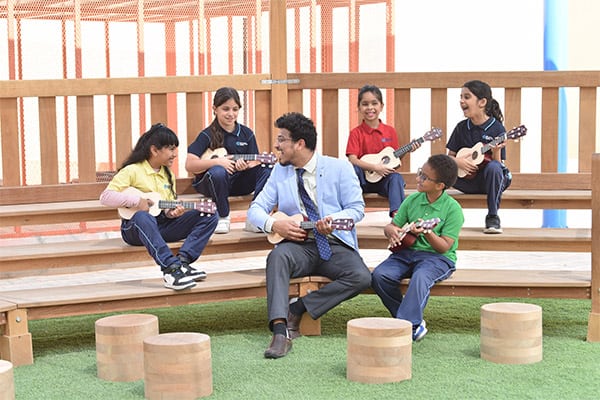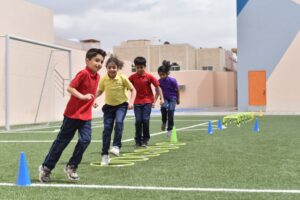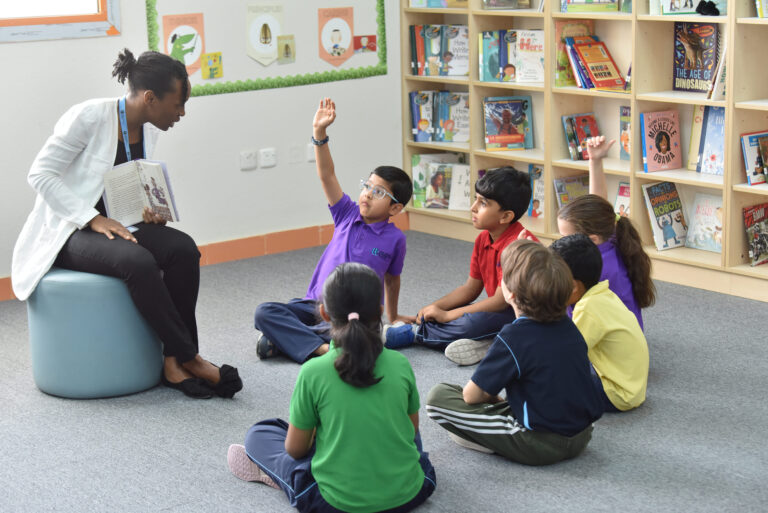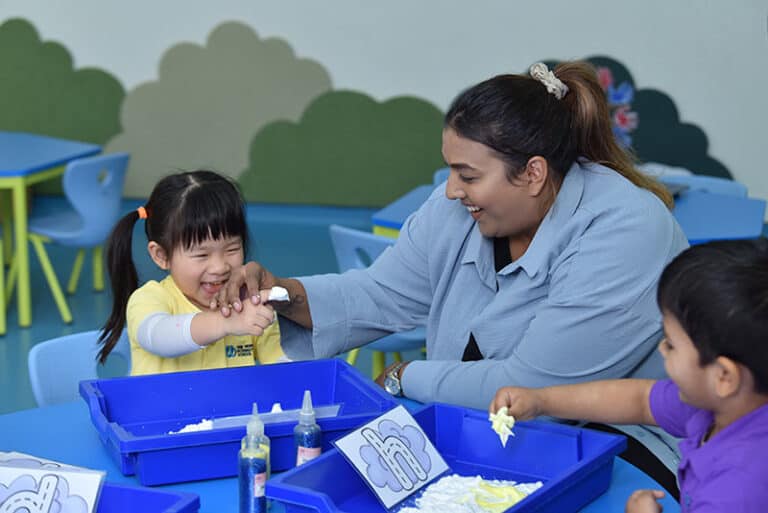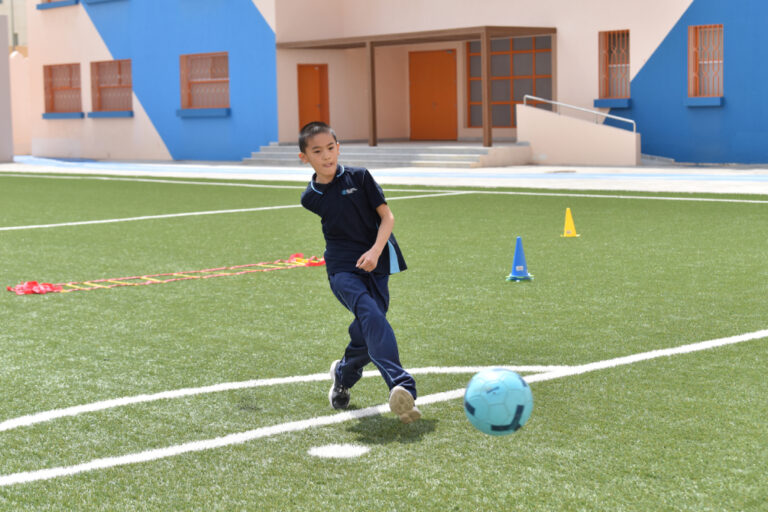The landscape of education has transformed significantly over the years. From the traditional one-size-fits-all approach to the emergence of personalized learning, the change has been truly seismic. As parents, it’s crucial to comprehend this journey, as it sets the stage for understanding the contemporary concept of learning styles.
Education, in its early days, was primarily teacher-centric, with a focus on rote memorization and uniformity. As societies progressed, so did the understanding of how children learn. The realization dawned that each child is a unique learner, and a tailored approach to education was rather essential for unlocking their full potential.
What Is a Learning Style?
A learning style is an individual’s preferred method of understanding, absorbing, processing, and retaining information. Think of it as a unique set of cognitive preferences that dictate how a person learns best. Recognizing your child’s learning style is akin to uncovering the key to their academic success.
Learning Styles for Different Learners
Every child is a unique learner, and recognizing and nurturing their individual learning styles is key to their success. At One World International School (OWIS) Riyadh, we understand the importance of tailored education. Our dedicated teachers work closely with young learners, charting individual learning plans and adapting to each child’s preferred learning style. Here’s how.
To begin with, we use the popular VARK model, which identifies 4 types of learners:
Visual Learning
The visual learning style aids students who learn better through visual media, or those who show more proclivity for shapes and patterns. VIsual learning entails the use of digital maps, charts, or diagrams. Teachers show learners the relationship between ideas visually. A great example of this is when they explain scientific processes using informative charts and diagrams.
Auditory Learning
The auditory learning style helps students grasp content through hearing. The lessons are either rendered in recorded form or spoken out by teachers. This can help learners improvise while they actively speak or discuss ideas. We constantly engage them in group discussions where they share their learnings and problems with their peers.
Reading and Writing
A majority of students belong to this category, with written tests and assignments being ideal for learning text the most powerful way to learn. Students write down their understanding of different concepts through reading and writing. This learning style operates through written tests, diagrams in text form and written assignments.
Kinesthetic Learning
While some students prefer to learn by listening, writing, or seeing, kinesthetic learners consider touch the best way to grasp new information. Experts rank such learners as being in tune with their surroundings, which explains the need to use the tactile experience to understand what we teach them. We ensure our kinesthetic learners are taught via personal experiences, practical examples, multiple simulations, and constant practice.
Intrapersonal Learning Style
Although most learners love group work because of the interactions and friendly atmosphere it makes for, some prefer peaceful spaces for themselves. We also find these learners to be more independent, self-motivated, and learn best when they study alone. If you think your child belongs to this category, here are the signs to look for to be certain:
- They love spending time alone
- Maintain journals or diaries
- These children find it hard to open up, especially in large groups
- They are highly independent
- These learners have high self-management skills
Some parents may feel this style is not the best way forward as their children would be on their own most of the time and that is valid. However, this solitary learning style is highly effective.
While these five types of learning styles are the most commonly used, there are several others that can accommodate different types of learners. Linguistic and natural learning are two examples of such uncommon yet effective learning styles.
Why are Learning Styles Important?
During primary schooling, a majority of young learners process information in their own way to some extent, and our teachers continually adopt and implement different learning styles that cater to their needs. Here are the benefits of learning styles and the reasons why we incorporate them into the teaching methodologies here at OWIS.
Better Learning
Whenever a child is taught a new concept, they are more likely to understand and memorize it through an encouraging and patient approach. It is the teaching method used and not what is being taught that makes children understand better.
Realization of Strengths and Weaknesses
Young learners who experience obstacles in their learning can quite easily lose track of the things they’re good at. It is the responsibility of every teacher to try and identify these strengths and relay them to their students. We deploy this to build and reinforce confidence, and usually, that’s all a young learner needs to really go on and do well.
Improved Self-Esteem
According to the American Psychological Association (APA), about 15 to 17% of students don’t learn as quickly as others, and that’s understandable. Teachers here look for ways and collaborate with other teaching faculty to better serve the needs of their students without making them feel left out. Feeling involved always increases self-esteem, and can really galvanize learners into becoming confident, life-long learners.
Individualized Attention and Progress Monitoring
In a classroom with diverse learners, understanding and catering to various learning styles allow our teachers at OWIS to provide individualized attention. By tailoring their approach, teachers can closely monitor each student’s progress, identifying areas where they excel and those that may require additional support. This personalized attention ensures that no student is left behind, fostering a sense of accomplishment and continuous improvement.
Promoting Inclusivity and Diversity
Embracing different learning styles aligns with the principle of inclusivity and diversity. At OWIS, we recognize that every student brings a unique set of strengths and challenges to the classroom. Incorporating various learning styles creates an inclusive environment where students feel valued for their individuality. This not only contributes to a positive and accepting school culture but also prepares students for a world that celebrates diversity.
Conclusion
At OWIS Riyadh, our mission is to make learning accessible and enjoyable for students. By embracing diverse learning styles, we empower each learner’s unique aptitude and learning journey. All of this contributes toward making them confident, lifelong learners comfortable with both what they learn and how they learn it best.
OWIS Riyadh Communications Team
-
OWIS Riyadh Communications Team#molongui-disabled-link
-
OWIS Riyadh Communications Team#molongui-disabled-link
-
OWIS Riyadh Communications Team#molongui-disabled-link
-
OWIS Riyadh Communications Team#molongui-disabled-link
